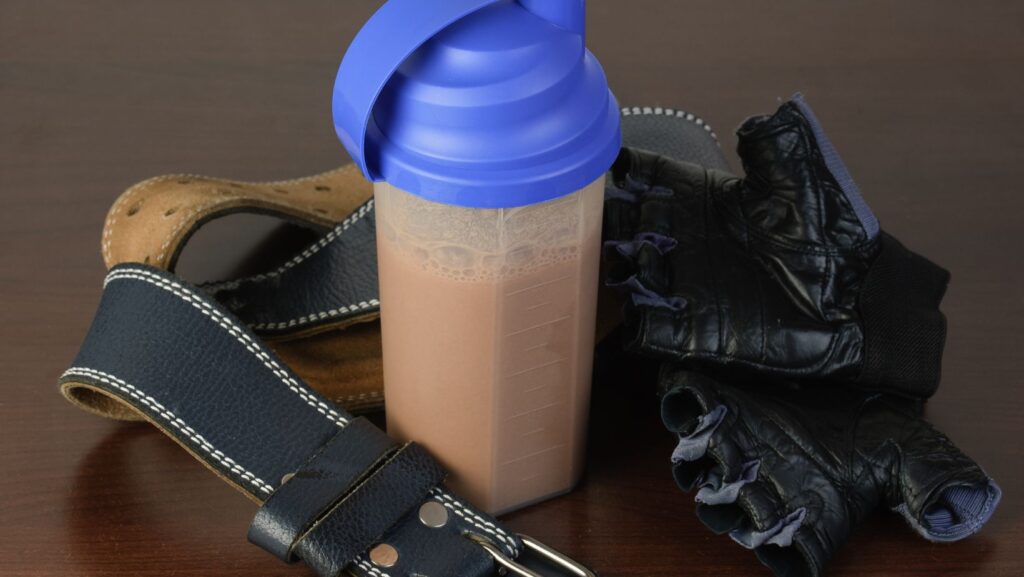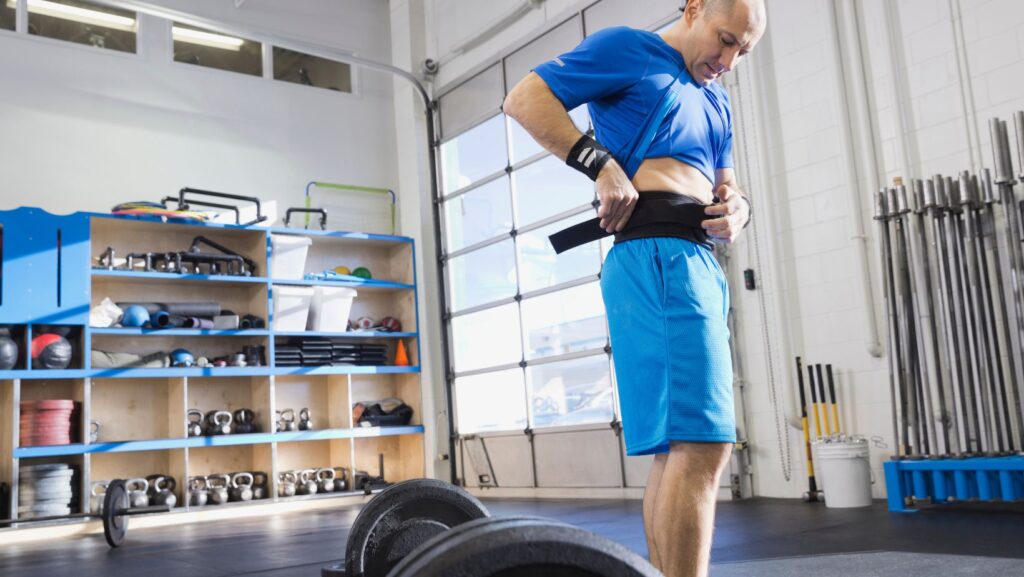In the realm of strength training, the weight lifting belt often emerges as a topic of discussion, particularly when it comes to exercises like squats and deadlifts. Understanding its importance is crucial for anyone looking to maximize their performance while minimizing injury risks. A weight lifting belt acts as a supportive brace for your core, allowing you to lift heavier weights with improved form and stability. When you tighten the belt around your waist, it increases intra-abdominal pressure, creating a more rigid torso and reducing the strain on your lower back.
Key Features to Look for in a Weight Lifting Belt
Selecting the right weight lifting belt requires attention to several key features that can significantly impact its effectiveness and your comfort. First, consider the material. Most belts are made from leather or nylon, each offering distinct advantages. Leather belts are known for their durability and superior support, making them ideal for heavy lifting. Nylon belts, on the other hand, are more flexible and comfortable, often preferred for exercises requiring a greater range of motion.
The width and thickness of the belt are also critical factors. A wider belt provides more support to your lower back and core, but it may be uncomfortable for some body types. Standard widths range from 4 to 6 inches, with thicker belts offering more stability. Thickness usually varies between 10 and 13 millimeters. Thicker belts offer more rigidity but can be challenging to break in, which is why many lifters consider these specs when choosing the high-quality weight lifting belt for men.
Additionally, pay attention to the buckle mechanism. Prong buckles, lever buckles, and Velcro are common options. Prong buckles are adjustable and secure, while lever buckles allow for quick adjustments and are less likely to slip. Velcro belts are easy to put on and take off, but they may not offer the same level of security as the other types. Evaluate these features according to your lifting needs and personal preferences to make an informed choice.
Types of Weight Lifting Belts for Squats and Deadlifts
The market offers a variety of weight lifting belts tailored to different lifting styles and preferences. Understanding these types can help you find the perfect match for your squats and deadlifts.
- Powerlifting Belts: Designed for maximum support, these belts are typically made from thick leather and are uniform in width. They are ideal for serious lifters aiming to move large amounts of weight.
- Bodybuilding Belts: These belts often have a tapered design, being wider at the back and narrower at the front. This allows for greater mobility and comfort during a wider range of exercises.
- Olympic Weightlifting Belts: Usually thinner and more flexible, these belts provide support while allowing for greater movement, essential for dynamic lifts like the snatch and clean & jerk.
- Velcro Belts: Preferred for their ease of use, these belts are lightweight and adjustable, making them a popular choice for general fitness enthusiasts.
Each type of belt serves a specific purpose, so consider your lifting goals and the exercises you frequently perform. This will guide you toward a belt that enhances your performance while accommodating your personal comfort and mobility requirements.
How to Choose the Right Size and Fit for Your Belt
Selecting the correct size and fit for your weight lifting belt is paramount to ensure its effectiveness. A poorly fitted belt can hinder your performance and even cause discomfort or injury. Start by measuring your waist circumference around your navel, not your hips. This measurement will guide you in choosing the right belt size, as most manufacturers provide sizing charts based on waist measurements.

When trying on a belt, it should sit snugly around your midsection without being overly tight. You should be able to comfortably fit one or two fingers between the belt and your body. This ensures that the belt can provide adequate support while allowing for proper breathing and movement. A belt that is too loose will not offer the necessary support, while one that is too tight can restrict your range of motion and breathing.
Consider the belt’s adjustability as well. Some belts come with multiple holes or Velcro adjustments for a customizable fit. This is particularly important as your body composition may change over time, requiring slight modifications to the belt’s fit. Prioritize a belt that offers both comfort and security to maximize its benefits during your lifts.
Common Myths About Weight Lifting Belts
Weight lifting belts are often surrounded by myths and misconceptions that can lead to confusion among lifters. One common myth is that wearing a belt makes you weaker by causing your core muscles to become reliant on external support. In reality, a belt enhances your ability to generate more intra-abdominal pressure, which actually works your core muscles more intensely during heavy lifts.
Another prevalent myth is that belts are only necessary for professional or competitive lifters. While elite athletes certainly benefit from using belts, they can be advantageous for recreational lifters as well. If you’re lifting weights that challenge your body’s capacity, a belt can provide the extra support needed to lift safely and effectively.
A third misconception is that a belt will automatically improve your lifting technique. While a belt can help you maintain proper form by providing stability, it cannot correct poor technique. It’s crucial to focus on developing good form and strength before relying on a belt. Understanding these myths will help you use a weight lifting belt responsibly and to its full potential.
How to Properly Use a Weight Lifting Belt for Maximum Effectiveness
Using a weight lifting belt correctly is essential to reap its full benefits. First, ensure that you wear the belt at the right time. It should be reserved for your heaviest lifts or when you attempt personal records, not for every exercise. Over-reliance on a belt can hinder your core development and overall strength. Studies show that using a belt during maximal or near-maximal lifts increases support and stability, but routine use in lighter lifts offers less benefit and may limit core adaptation.
When wearing the belt, position it correctly around your waist, slightly above your hip bones. Tighten it to the point where it feels snug but not overly restrictive. You should be able to take a deep breath and brace your core against the belt without much discomfort. This bracing technique increases intra-abdominal pressure, providing the necessary support during your lift.

Additionally, practice good lifting form and breathing techniques alongside belt use. Engage your core muscles fully and maintain a neutral spine throughout the lift. Focus on controlled breathing, inhaling deeply before initiating the lift and exhaling during the exertion phase. Proper usage of the belt, combined with correct technique, will enhance your lifting performance and reduce the risk of injury. A study found that belts combined with wrist straps improved deadlift kinematics and reduced perceived exertion, indicating improved performance and lower injury risk when form and breathing are maintained.
Summary
Choosing the right weight lifting belt is an investment in your lifting journey. With the appropriate belt, you can push your limits safely and effectively, achieving new personal bests in squats and deadlifts. Remember, the belt is a tool to enhance your performance, not a crutch to rely on. Complement it with solid lifting techniques, a strong core, and proper training strategies. As you continue to lift, evaluate your progress and adjust your approach as needed to keep improving.
